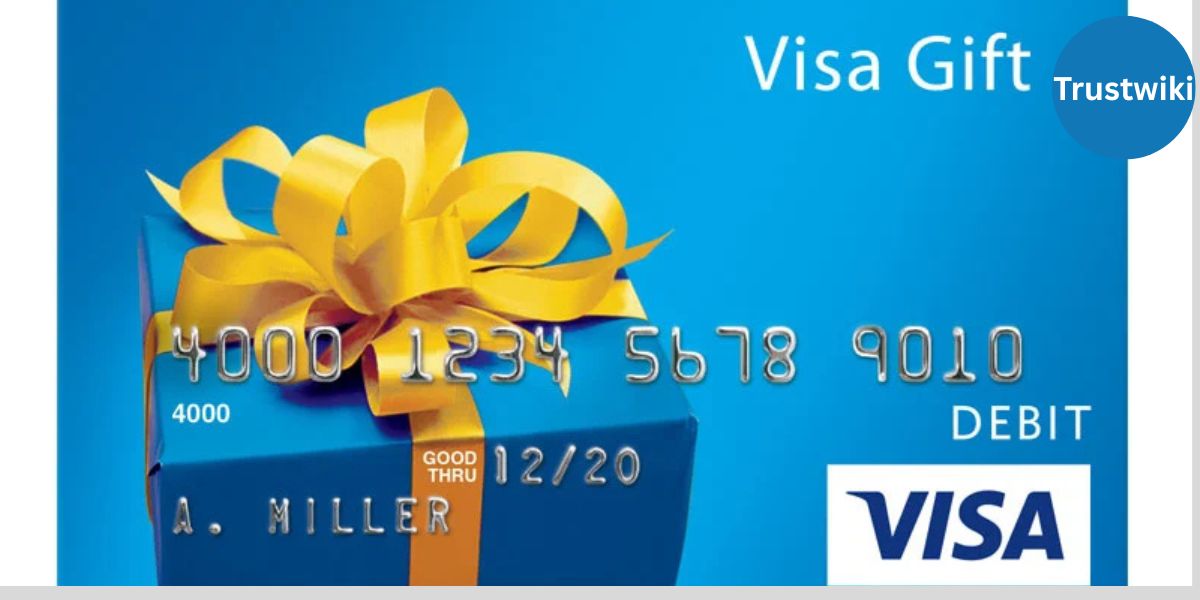The evolution of gifting has transcended traditional boundaries, combining financial practicality with emotional resonance through customizable monetary presents. A personalised visa gift card represents the perfect synthesis of these elements—offering recipients the freedom to purchase exactly what they desire while carrying the unmistakable imprint of thoughtful customization from the giver. This contemporary approach to gift-giving has gained remarkable traction, with industry analysts reporting a 27% year-over-year increase in customized payment card requests. The psychological impact proves equally significant, with research from the Journal of Consumer Psychology indicating that personalized monetary gifts generate 43% greater appreciation compared to their generic counterparts, highlighting the profound difference that thoughtful customization makes in recipient perception.
Understanding Design Parameters and Limitations
Before unleashing your creativity, familiarize yourself with the technical constraints governing gift card customization.
Most providers restrict designs to specific zones on the card, typically leaving the magnetic stripe, chip, and certain security elements untouched. Resolution requirements generally fall between 300-600 DPI for optimal printing quality. File size limitations typically range from 2-10MB depending on the issuer’s platform capabilities. Color profiles matter tremendously—most providers require CMYK format rather than RGB to ensure accurate reproduction. Certain content categories face automatic rejection, including copyrighted materials, offensive imagery, and text mimicking official banking language. Check your chosen provider’s specific guidelines before investing time in design work.
Leveraging Personal Photography Effectively
Nothing communicates thoughtfulness like incorporating meaningful personal images, but execution requires careful consideration.
Photos capturing shared experiences often resonate more powerfully than solo portraits—think group adventures or significant moments together. Consider seasonal appropriateness if the card will be used during specific periods. Lighting dramatically impacts reproduction quality; images with balanced exposure and minimal shadows transfer best to the card medium. Background complexity can become problematic on small surfaces; simpler backgrounds with clear subject separation typically reproduce more effectively. Test your chosen photo by viewing it at actual card size (approximately 3.37 × 2.125 inches) before submission.
Typography and Text Integration Strategies
The words you choose and how you present them can transform an ordinary card into a compelling communication piece.
Font selection profoundly influences perception—serif typefaces convey traditionalism while san-serif options suggest modernity. Text placement should respect the “safe zone” typically 0.125 inches from card edges to prevent trimming issues. Color contrast between text and background significantly impacts readability; aim for at least 70% contrast ratio. Consider incorporating meaningful phrases beyond just names—inside jokes, memorable quotes, or significant dates add layers of meaning. Multiple language integration works beautifully for recipients with multicultural backgrounds, demonstrating thoughtful cultural awareness.
Thematic Design Approaches with Impact
Moving beyond basic personalization, thematic design creates cohesive visual storytelling on this small but significant canvas.
Professional achievement themes incorporating industry symbols resonate powerfully for career milestone gifts. Travel-inspired designs featuring destination landmarks or maps perfectly complement cards intended for vacation expenses. Educational motifs work beautifully for graduation gifts, suggesting investment in the recipient’s future. Seasonal designs add timely relevance—autumn foliage for fall birthdays or festive elements for holiday giving. Hobby-centered visuals demonstrate intimate knowledge of the recipient’s passions, whether showcasing sports equipment, artistic tools, or gaming elements.
Advanced Personalization Techniques
For those seeking truly distinctive results, several sophisticated approaches elevate customization beyond basic options.
Collage techniques effectively compress multiple meaningful images into the limited card space, creating visual narratives. QR code integration enables extending the gift experience beyond the physical card—linking to personal videos, playlists, or additional messages. Augmented reality features (offered by select premium providers) overlay digital content when the physical card is scanned with smartphone apps. Custom metallic or holographic elements introduce dimensional interest through light interaction. Edge-to-edge printing (where available) maximizes visual impact by eliminating standard white borders, allowing designs to cover the entire card surface.











